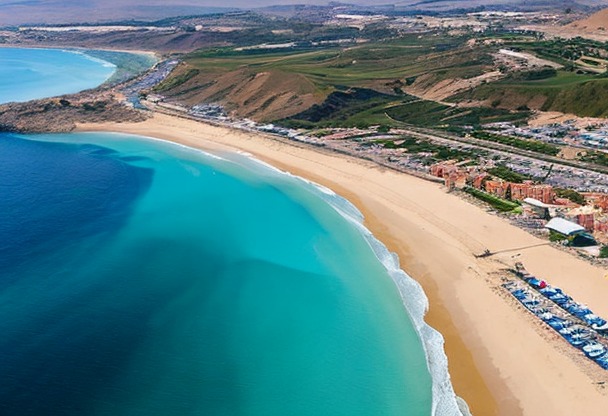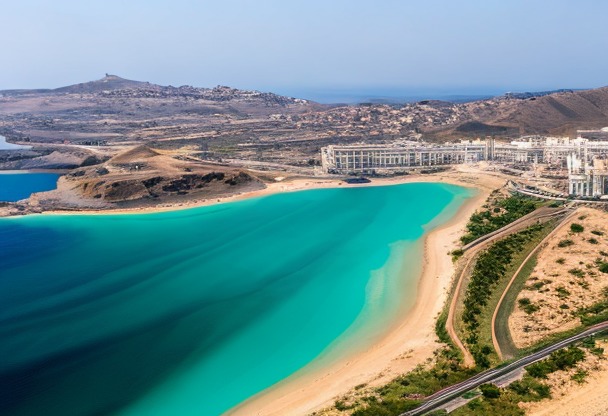Best time to travel to Libya
Choosing the right period for your trip to Libya can make all the difference. It's important to consider climatic elements, seasonal events and busy tourist periods to maximize your travel experience.

Location
Climate
Libya's climate: between heat and desert
Libya's climate varies from region to region, with temperatures reaching 50°C in the south of the country, while the Mediterranean coast enjoys milder conditions. So, to make the most of your stay, it's crucial to take climatic variations into account.Hot season: May to September
May to September is the hot season in Libya, when temperatures are particularly high, especially in the desert. This period can be uncomfortable for visitors unaccustomed to extreme heat, but it also has its advantages, such as low tourist numbers and generally lower accommodation rates.Cool season: October to April
The period from October to April is considered the cool season in Libya. Temperatures are much more pleasant, especially on the Mediterranean coast, where temperatures fluctuate between 15°C and 20°C. This is the ideal time to discover the country without suffering from the heat.Must-see cultural events in Libya
Throughout the year, Libya offers a wide range of cultural events to help you discover its rich traditions and heritage. Here are just some of the events not to be missed during your stay:- International Poetry and Theatre Festival : Every year in January, this festival brings together artists, poets and playwrights from all over the region. Over the course of a week, several shows are staged in Tripoli's theaters and concert halls.
- African Film Festival : Usually held in February or March, this festival celebrates African cinema with screenings of films from the continent and the presence of renowned directors, actors and producers.
- World Heritage Day : The event takes place every year on April 18, and aims to raise public awareness of the need to preserve and enhance UNESCO World Heritage cultural and natural sites such as the Roman ruins of Leptis Magna and the old town of Ghadames.
- Tripoli International Music Festival: Held in September, this event showcases musicians and singers of different nationalities in a festive and convivial setting to celebrate cultural diversity.
Libyan public holidays: between national commemorations and religious celebrations
In addition to cultural events, Libya also boasts a number of public holidays, offering the chance to discover local customs and attend traditional events. Among the most notable public holidays are :- Independence Day: Celebrated every year on December 24, this day marks Libya's independence from the UK and France in 1951. Festivities include military parades, concerts and fireworks.
- Fête de la Révolution : February 17 is a public holiday commemorating the Libyan revolution of 2011. Peaceful demonstrations and prayers are organized throughout the country on this occasion.
- Eid el-Fitr: This religious festival, whose date varies each year according to the lunar calendar, celebrates the end of fasting in the holy month of Ramadan. For three days, Libyans gather as a family to share festive meals and exchange gifts.
- Eid al-Adha: Also known as the "Feast of Sacrifice", this religious celebration takes place around two months and ten days after Eid el-Fitr. It commemorates the sacrifice of Abraham, and is marked by prayers, family meals and the distribution of meat to those in need.
Insurance
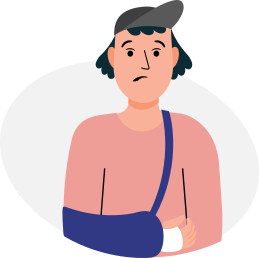
Your credit card does not cover you in all situations, that is whyIt is essential to take out insurance before you leave to avoid any unpleasant surprises. If you need to see a doctor or be hospitalized, in some countries, medical costs are very high and you will then find yourself having to pay several thousand euros.
Our partner Chapka Insurance proposes the contract CAP ASSISTANCE 24/24 with many essential guarantees.
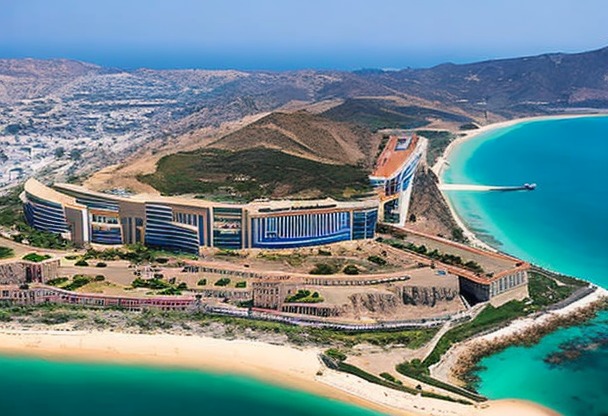
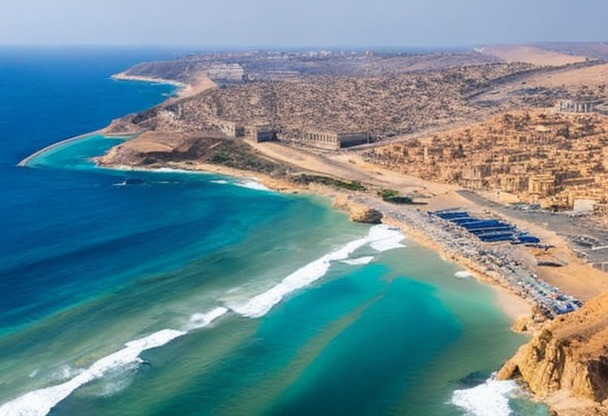
Flights

Your flight has been cancelled or delayed ?
You may be eligible for a compensation of up to €600 ! For this, lawyers are responsible for handling your claim with the airline and are only paid when the reimbursement is effective.
In conclusion, no financial risk for you, only advantages!
Immigration statistics for Libya
Although the current political and economic situation in Libya may make it difficult to collect accurate data on immigration, there are nevertheless some sources that can give us an overview of the migration situation in the country. According to these data, it is estimated that around 12% of Libya's population is made up of immigrants, the vast majority of whom come from neighboring African countries such as Libya.Egypt, THE Niger or the Chad.Immigration rates from neighboring countries
Among the immigrants present in Libya, nationals of neighboring countries are the most numerous. Here is the approximate breakdown:- Egyptians: 35%
- Nigerians: 25%
- Chadian: 20%
- Sudanese: 15%
- Other nationalities: 5%
Most popular visas in Libya
The different types of visa available to enter Libya vary according to the purpose of the stay and the planned duration. Here are some of the most popular visas:Work visa
The work visa is one of the most popular visas for foreigners wishing to settle in Libya. This type of visa is issued to those who have received a job offer from a Libyan company and whose employment contract has been approved by the government. To obtain a work visa, various documents are required, such as a letter of invitation from the employer, a signed employment contract, and proof of professional qualifications and experience.Student visa
As Libya is renowned for its universities and educational institutions, many foreign students come here to pursue their studies. The student visa is therefore also in great demand. This visa is granted on presentation of a letter of admission from a Libyan academic institution, as well as other documents attesting to the student's financial ability to support himself for the duration of his stay.Family visit visa
Because of the family and cultural ties between Libya and neighboring countries, many foreign nationals apply for a family visit visa to travel to Libya. This visa is generally granted for a fixed period, and requires the presentation of a letter of invitation from the family member residing in Libya, as well as other supporting documents.International tourism figures for Libya
Tourism in Libya has experienced ups and downs in recent years due to the country's political and security situation. However, Libya's rich history and culture continue to attract international tourists. Here are some key figures on tourism in Libya:Number of foreign visitors per year
An estimated 50,000 international tourists visited Libya in 2019. Although this figure is far from the levels seen before the political events and conflicts that have marked the country since 2011, it nevertheless shows a growing interest in Libya as a destination.Income generated by tourism
Although the tourism sector represents only a small part of the Libyan economy, it still generates significant revenues. In 2018, revenues from international tourism amounted to around $75 million, according to the collection of statistics of the Libyan government.Popular tourist attractions
Libya offers a wide variety of tourist attractions, from Roman archaeological remains to breathtaking desert landscapes. Among the most popular attractions are :- The archaeological site of Leptis Magna: an ancient Roman city listed as a UNESCO World Heritage Site
- The towns of Ghadames and Ghat, famous for their traditional banco architecture and narrow streets
- The Sahara desert and its immense dunes, ideal for extreme sports such as sandboarding and 4x4 trekking.
